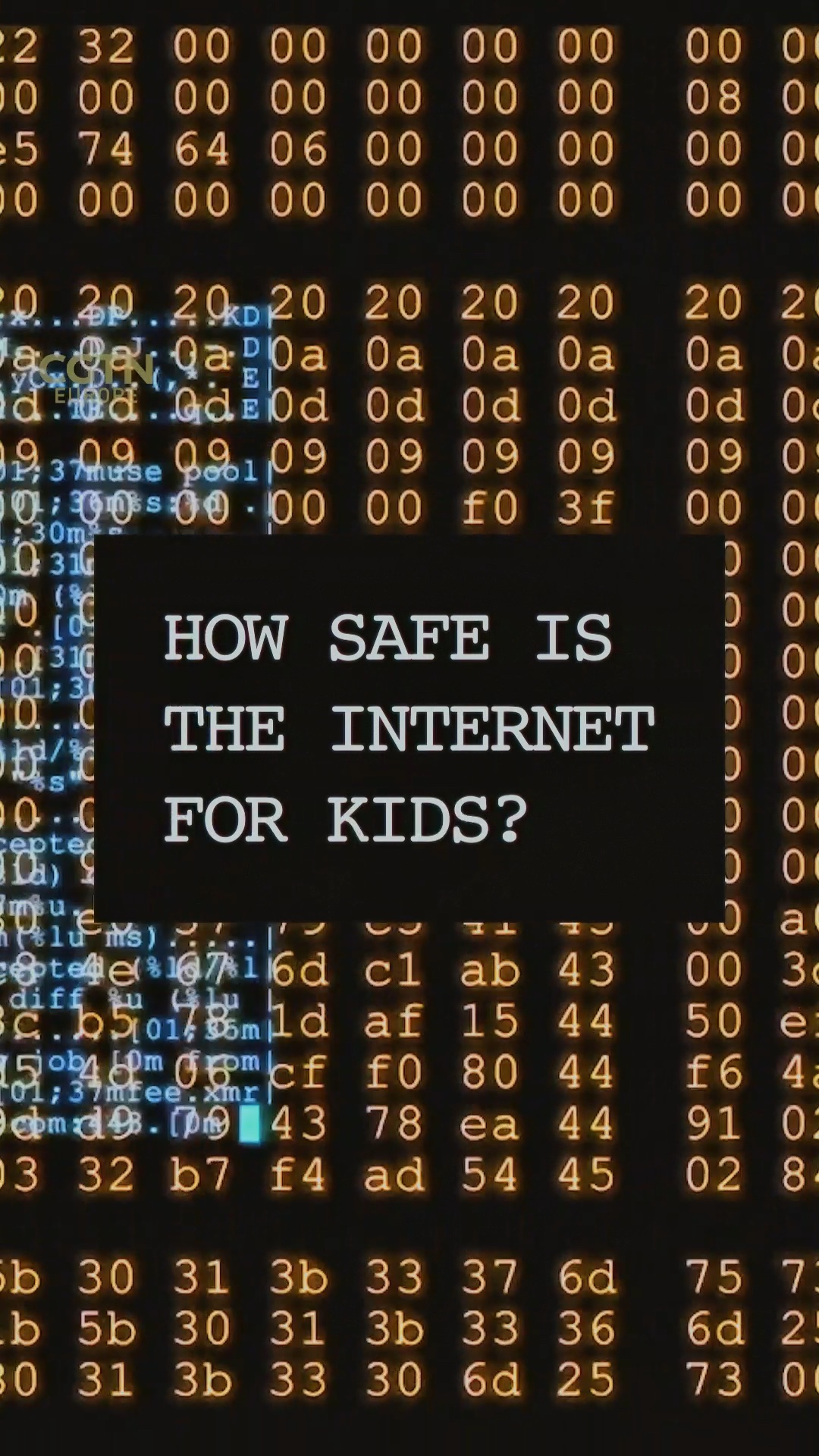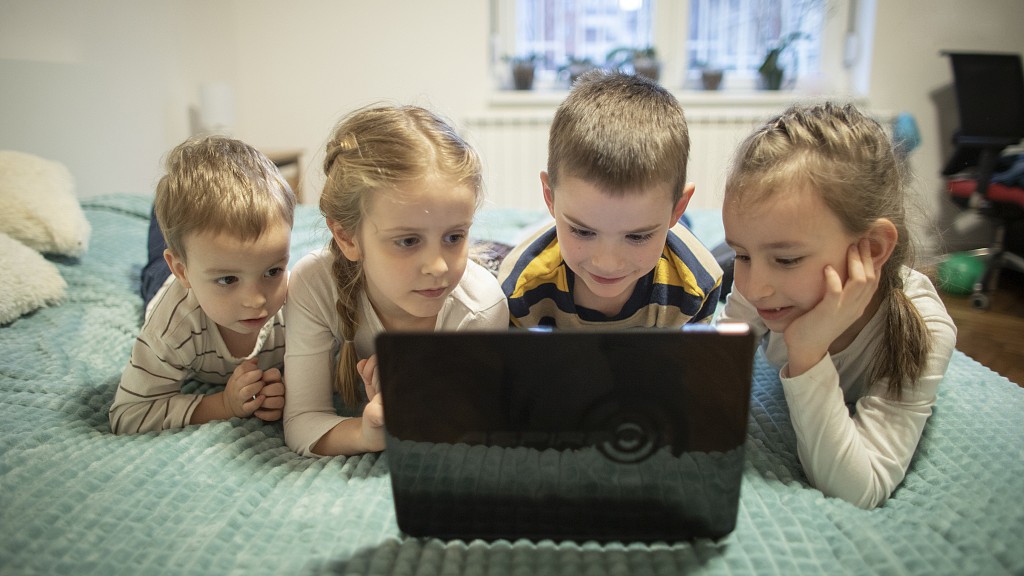01:49

The internet offers a range of opportunities for children – from being able to connect with friends to trying out different gaming platforms and from enjoying the wonders of virtual reality to using online learning platforms. No wonder children have come to rely on online channels for various aspects of their lives.
However, it's not always a safe space for young minds.
Today marks the 20th Safer Internet Day. It started as an initiative of the EU SafeBorders project, and is now celebrated in approximately 180 countries and territories worldwide.
From cyberbullying to social networking to digital identity, each year Safer Internet Day aims to raise awareness of emerging online issues and safety concerns.
READ MORE
Prosecutors ask court to extend ex kickboxer Andrew Tate's arrest
Enter into the wonderful world of the metaverse
The unstoppable rise of the 'immersive' experience
According to the UK government's Online Safety Data Initiative, over 80 percent of children aged 12-15 have had potentially harmful experiences online.
In 2020, nearly 22 million reports of child sexual exploitation were made to the National Centre for Missing and Exploited Children, including over 65 million images, videos and other files.
Online platforms can be a tool for abuse and bullying, and the impact of harmful content and activity is particularly damaging for children.
When you're eight, it's quite a difficult thing to understand that someone might want to trick you
- Tilly Wood, teacher
'Difficult to understand'
"Gaming is one of the main ones that they use when talking to other people all around the world," warns Tilly Wood, a London-based primary school teacher.
"It's something we've spoken to them about – that people might not be who they say they are, so you can't trust everything that comes out of their mouths. But when you're eight, it's quite a difficult thing to understand that someone might want to trick you and might want to portray themselves as somebody else."

What might children be watching online? /mmpile/Getty Creative
What might children be watching online? /mmpile/Getty Creative
Wood recently had to caution two boys in her Year 4 (age 8-9) class whom she overheard talking about controversial social media personality Andrew Tate, a former kickboxer known for his misogynistic narrative and posts about his material wealth including expensive cars.
Tate and his brother Tristan are currently being held in preventive custody in Romania while police investigate allegations of rape and human trafficking. Both men deny these allegations.
"They were like, 'My man Andrew Tate has just been arrested' and they were laughing and joking about it. They referred to him as 'my G', which I think is like my man [my gangster]," shares Wood.
She says the two were admiringly discussing how he is rich and has lots of cars.
"And having lots of cars seems to be a very trendy, cool thing among the boys in my class – saying things like, 'Oh in two years time my dad's going to get a Porsche,'" explains Wood.
Wood received training to deal with such incidents late last year, as schools in the UK started to become aware of the very dangerous risks posed to young minds by the online presence of people like Tate – influencers in the worst sense of the word. She knew she had to step in and explain to the pair why he is not the role model they think he is.
'Subliminal messaging'
Using video-sharing platforms such as YouTube or TikTok was the most popular online activity among children aged three to 17, with 95 percent watching the video posts. Furthermore, 31 percent posted content they had made themselves, especially those aged 12-17, according to the Children and Parents: Media Use and Attitudes Report 2022 from UK media regulator Ofcom.
The report further highlights that among all types of online platforms, YouTube was the most widely used by children, with 89 percent using it compared to half using TikTok. However, TikTok was more popular for posting content.
When content becomes subliminal messaging, social media is so dangerous
- Tilly Wood, teacher
Wood has also observed how boys in her class seem to be a lot more aware of social media trends and tend to quote viral videos in their conversations with their class fellows, while the girls do not seem to be as engaged with online social channels.
She says it is important that parents know about social media and all the latest trends so they can make informed decisions about protecting their children and enforcing some boundaries.
She says majority of the parents use various social media platforms "but they see a totally different side of it.
"It's so easy for kids to access anything. Watching one video of Andrew Tate, the algorithm on Instagram sees they like it and they just watch more and more – and they don't even realize that all their content suddenly becomes this subliminal messaging, which is why the social media is so dangerous.
"They can just show you what they want."
Video Editor: Butchy Davy